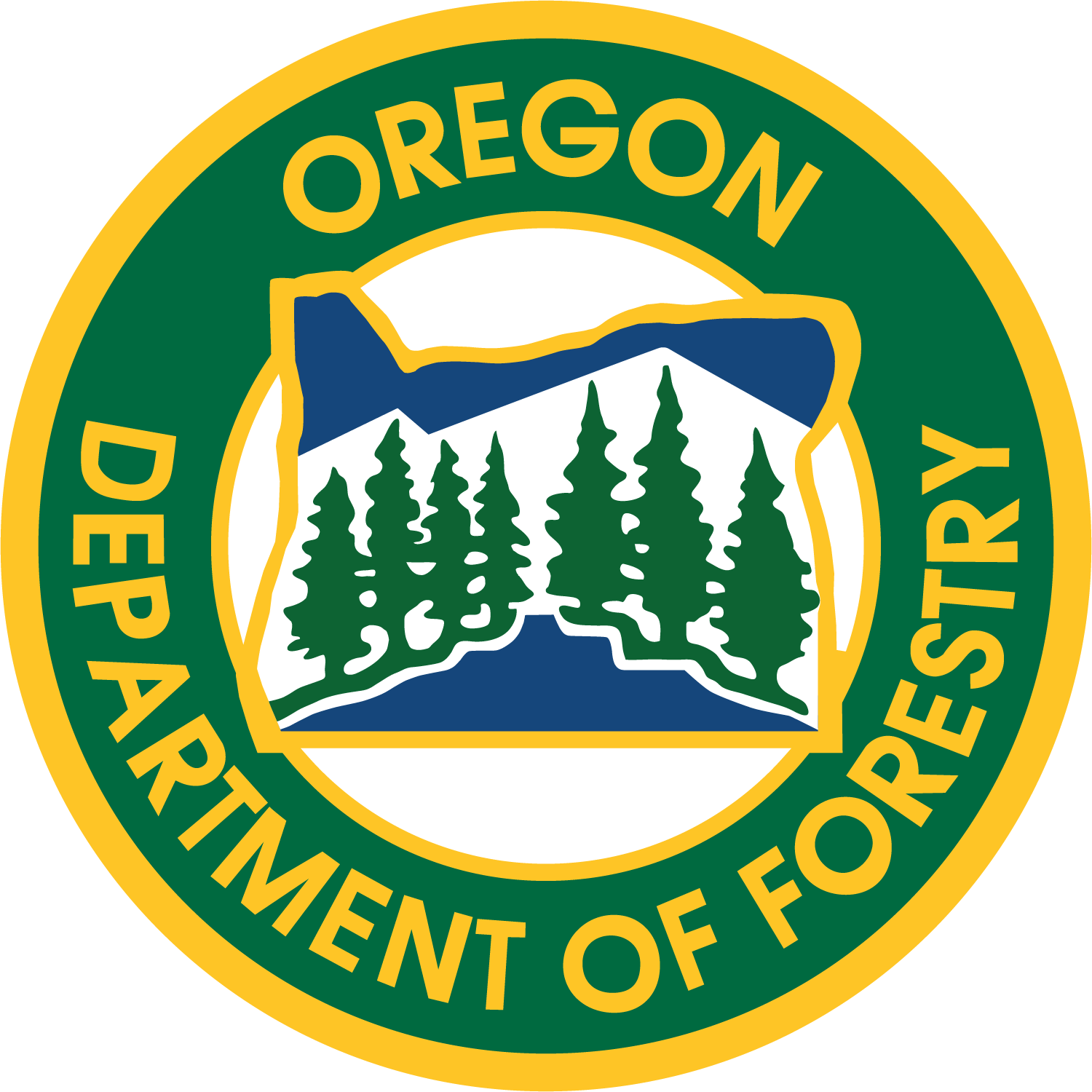Emergency Fire Cost Committee Meets Jan. 6 - 12/30/25
SALEM, Ore. — The Emergency Fire Cost Committee (EFCC) will meet virtually at 10 a.m. on Jan. 6, 2026. To join, please use the Teams video conference information found on the agenda.
The committee’s agenda includes:
- Determine the unencumbered balance of the fund as of the end of the preceding calendar year (ORS 477.760)
- Repeal OAR 629-165-0000 through 0320
- Fiscal year 27 – OFLPF distribution of payment to forest protection district budgets
- EFCC and state forester consult regarding the purchase of emergency fire suppression costs insurance
- Administrator report
The meeting is open to the public to attend virtually via Teams. Public comments will be accepted near the end of the meeting. Accommodations for people with disabilities, and special materials, services, or assistance can be arranged by calling at least 48 hours in advance of the meeting at 503-881-8292 or by email at lorna.m.hobbs@odf.oregon.gov.
The Emergency Fire Cost Committee (EFCC) oversees the Oregon Forest Land Protection Fund (OFLPF), established by the Oregon Legislature as a fund with the purpose of providing funds for fiscal year budgets of forest protection districts, investments in supplemental fire prevention, detection or suppression resources that enhance fire protection in the state and issuing loans to the Oregon Department of Forestry or forest protection associations that relate to wildfire costs. View more information on the EFCC webpage.

